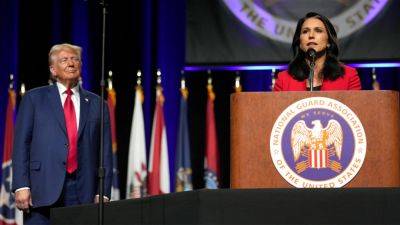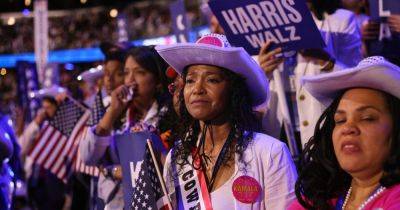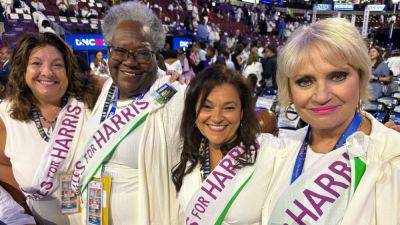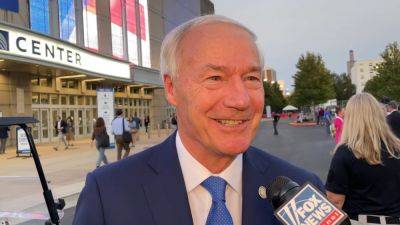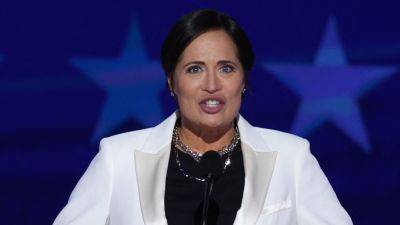Why We Cover What Politicians Wear
Ever since Kamala Harris became the Democratic nominee for president, making her the first Black woman and the first person of South Asian descent to be nominated for national office by a major party, celebrations of the historic moment have ensued. So, too, have the related moans about how, because she is a woman, her clothes will be used to define and diminish her.
“Woe is us” goes the lament. “The presidential fashion police” are back (as Forbes once put it).
The fact is — and speaking as one of the cops — they never went away. Here’s why.
There is no question that fashion has been used as a tool to dismiss women, to associate them with frivolity rather than serious subjects — the superficial rather than the stuff of governance. But when a woman is the presidential nominee of a major party, when the choice seems like a meaningful sign of generational change, ignoring what she wears precisely because she is a woman is to fall victim to the same stereotype.
To do so is to fail to give her the credit she deserves for using every tool available to her to influence and shape opinion, the more effectively to further the executive agenda — just as male politicians have done for decades. No one can fill every moment with policy proposals, but they can always look the part.
There’s a reason we refer to “the national stage” and the “theater of politics.” Pomp and circumstance has always been part of the pageantry of rule, no matter what the system.
And costume is an intrinsic part of any pageant; it is woven into the creation and communication of character. This is never more true than during moments of shared public ceremony: the conventions, the inauguration, the debates, the State of the Union. To a certain extent, we all live on



